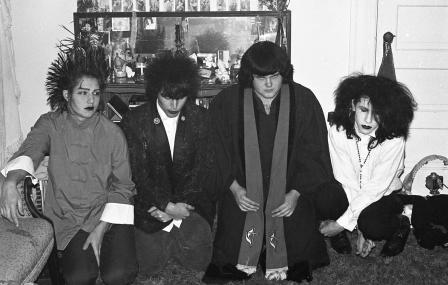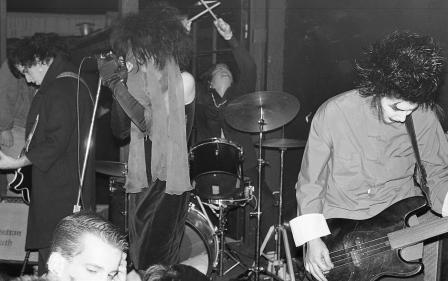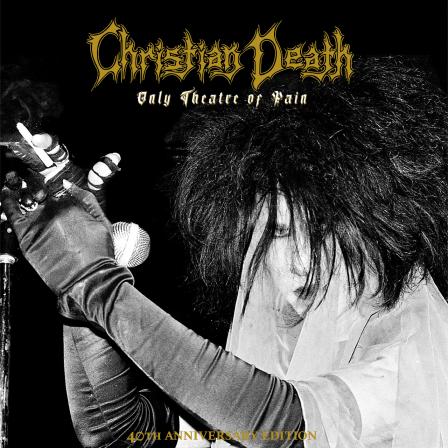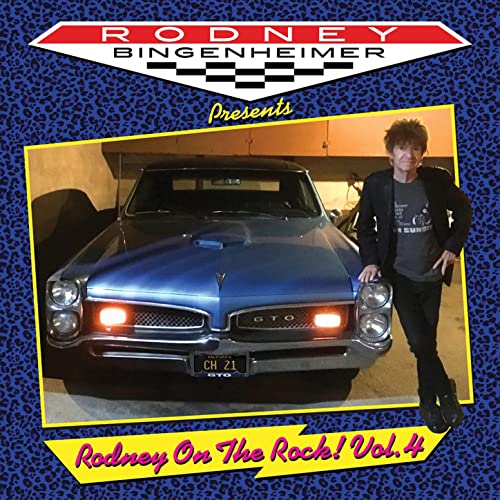Christian Death has always been an enigma. Since its birth the band name has been plagued by drama, drug use, jealousy, bad decisions and controversy. But what the initial line-up (actually the second version of the band) left behind still resonates. The music, the image, the mystique, the art and of course, Edward Colver’s photographs of the band both live on stage and posed endure and still seem fresh and different while also feeling archaic and familiar. What set them apart from other bands and other versions of Christian Death was the strong initial intent. They were dark, romantic and dangerous and they really meant it. They wanted to take the freedom of expression punk rock offered and turn it in a direction far from what was going down at the time. While they weren’t the first “spooky” band - The Damned and Siouxsie and the Banshees laid the groundwork and the ball was picked up by Bauhaus from England and 45 Grave in Los Angeles - they created a presentation that was far from anything seen before. This line-up of the band: Rozz, James, George and Rikk created something truly exceptional.

Producer Thom Wilson and Lisa Fancher of Frontier Records both had a strong hand in contributing to the band’s success by helping them achieve what they wanted sound and art wise, but the photographs by Edward Colver cannot be underestimated. He shared a certain aesthetic with them and the results of their collaborations are still often breathtaking. Edward grew up in the same area of Southern California as the band members and also shared their mentality of going against the punk rock grain as far as any sort of dress code. Edward would show up at early Los Angeles hardcore shows and stick out like a sore thumb among all the mohawks and skinheads with his height, longish spikey hair and dapper outfits. He looked like a Rockstar but not like a Rockstar at the same time. He is a Rockstar photographer in the classic sense as far as his look and big personality. He was a perfect match for the band.
The book begins with an introduction by editor Nico B. Interviews covering the birth of the band with those directly involved with the evolution of Christian Death are followed by interviews with Edward, Lisa Fancher and the surviving band members. While pretty much everyone who buys this book will be well acquainted with the band’s history the interviews with Victoria Gray, Ron Athey and especially John Albert, Jill Emery and Steve Darrow are essential additions to the band’s legend.
The photos are presented in chronological history from August 1981 (the Pomona Cemetery session) to May 1982 (the Al’s Bar gig with Rozz’s hair in liberty spikes) with a bonus shot of Rozz from the Patriotic Hall reunion show at the end. There are several captions included with the photos and this is quite welcome when shedding light on things like the presence of Keith Walsh from Der Stab in pics from the shows at Little Theatre and the Cuckoo’s Nest providing keyboard accompaniment.
Beginning with the shoot from the Pomona Cemetery, while dressed to the nines, only Rozz, James and George are present even though Rikk was a member at the time. When asked why he is not featured in the photos Rikk is not sure at first. “I was meeting a lot of girls around that time,” he laughs. “So when something like that came up and I had a date I would rather have stayed home.” There is another more sinister reason given for his absence but it is better left unsaid.
Many iconic photos of the band follow. Rozz in the bridal gown from Little Theatre and holding the crucifix with the sideways Jesus from an Al’s Bar show. James McGearty is seen in the course of the photos trying out different outfits and make-up but finally nails it for the pics from the show in December 1981 at Brave Dog. The photos of Rikk crying blood in shots from Al’s Bar in December 1981 are incredible.
A generous number of pages is given to the shoot in Rozz’s bedroom at his parent’s house in Pomona. But it still doesn’t seem like enough. This elegant set of photographs includes pics used on the back cover of the OTOP album as well as random shots of Rozz’s various altars, Rikk with the mummified cat and a very special shot of Edward taken by George. After a section of the various album cover art, a rare in studio shot of George tracking his drums for the record and Rozz’s hand written lyrics of songs from the album in order are also included. And there is a wonderful and telling picture of Rozz’s bookshelf.
There are three different versions of the book available. The hardcover edition can be purchased through most regular outlets. There is a limited-edition softcover only available through Cult Epics. And for the truly faithful there is an exclusive limited-edition box set put together with Lisa Fancher from Frontier Records only available through the Cult Epics and Frontier Records websites. It is the hardcover book in a slipcase that also includes a poster of Rozz in the riding hood and a double gatefold vinyl edition of the Only Theatre Of Pain album. Disc one contains the original album and disc two has the familiar bonus tracks from the Deathwish e.p. plus the 1982 Sleepwalk and Invocation demos and alternate mixes of Cavity – First Communion and Lord’s Prayer.




